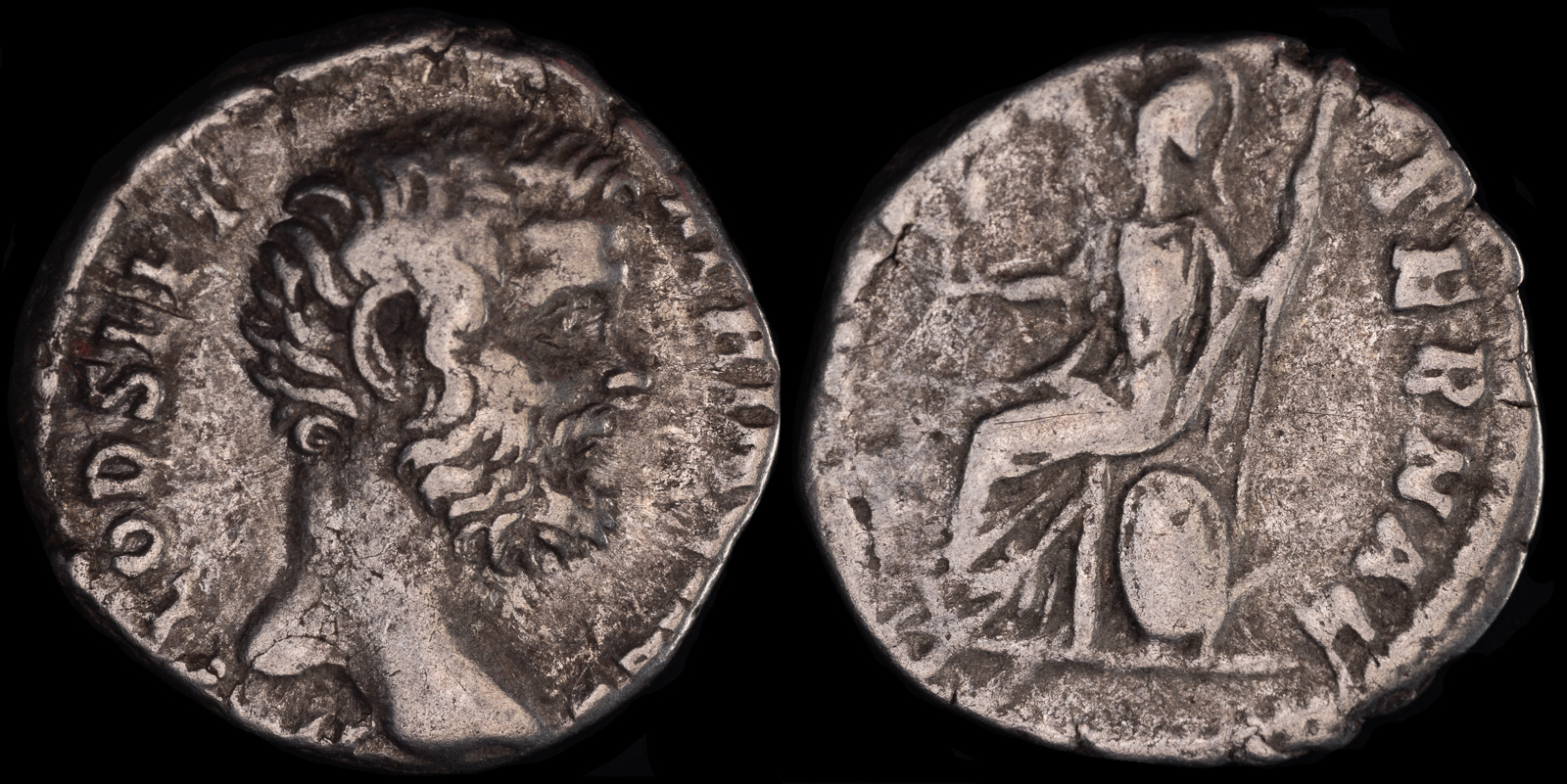Roma
View All Tags
The cult of Roma began to gain prominence during the late Republic, especially under the leadership of Emperor Augustus. Augustus and other emperors saw Roma not only as a symbol of the city’s strength but also as a divine protector of the Roman state. Temples and altars were dedicated to Roma in various locations, with the most famous being the Temple of Roma on the Roman Forum, built by Emperor Hadrian in the 2nd century CE. Roma’s worship was integrated into imperial propaganda, as she was depicted as a goddess who ensured the prosperity and military success of the empire. In some depictions, Roma was paired with other deities like Victoria (the goddess of victory) to highlight the triumphs of Rome’s legions.
Roma’s significance grew as the Roman Empire expanded, and her iconography spread throughout the provinces. She was considered not just the protector of the city of Rome, but also the guardian of the entire empire. Roman coins, monuments, and imperial propaganda often showcased her to reinforce the idea of Rome’s divine right to rule over vast territories. The rise of Roma as a deity was tied to the Roman ideal of empire-building, which emphasized unity, power, and the centrality of Rome as the heart of the known world.
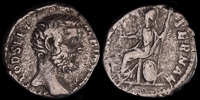
Clodius Albinus 193-195 CE
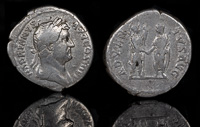
Hadrian 117-138 CE
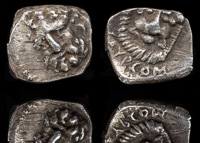
Isaura Palaia 335-325 BCE
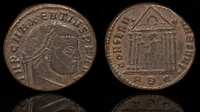
Maxentius 308-310 CE
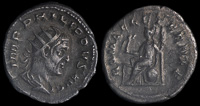
Philip I 247-249 CE
